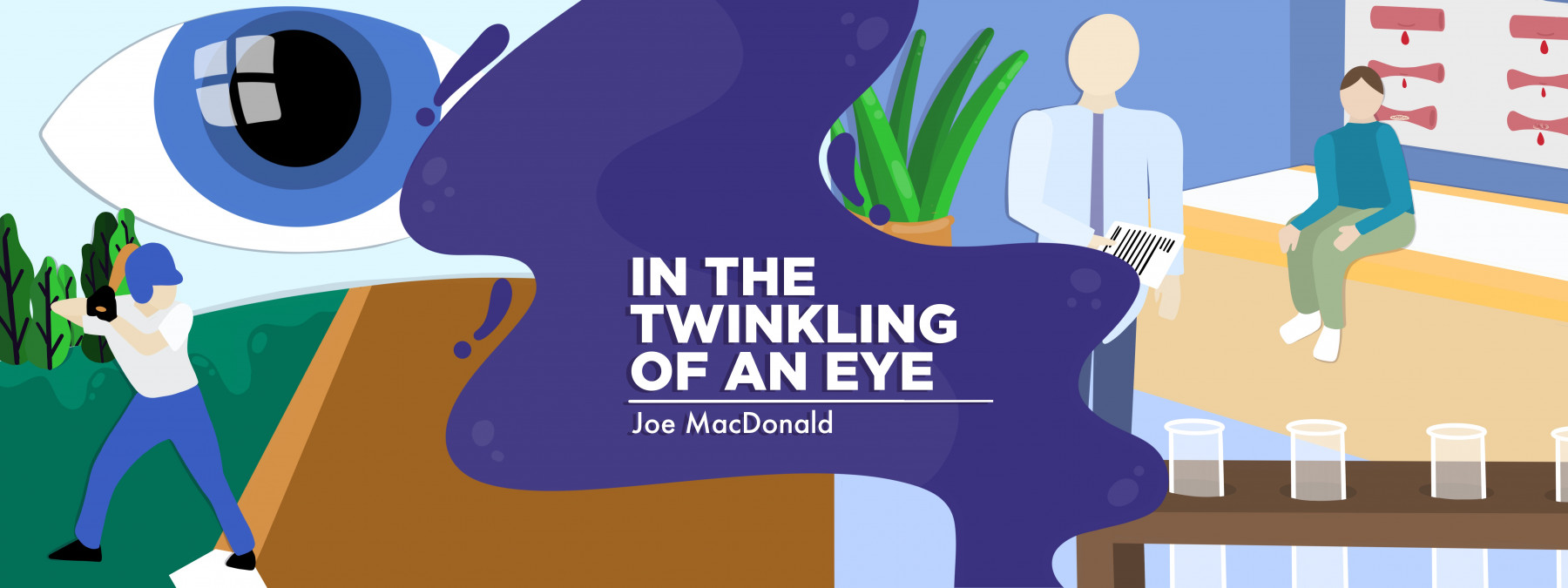Building with Legos in the hospital provided my son connection
The play was a much-needed distraction from the complications of hemophilia

When my son Caeleb was younger, we had periods when we spent more time in the hospital than at home because of his hemophilia complications. During those times, our family moved heaven and earth to stay connected. Caeleb was often admitted to the University of New Mexico Hospital’s special pediatric unit with mind-blowing pain. I felt powerless as I tried to distract him from the discomfort he felt. No matter what I did, he screamed in pain.
As he looked into my eyes, begging me to help him find relief, I grasped for anything I could to ease his hurt. In one quiet moment, I asked him what a bleed into his knee or ankle felt like. He told me, “Dad, it feels like needles poking through my skin over and over again. It never stops.”
I wanted to say, “I will take it from you. Give all your pain to me.” Unfortunately, all I could do was stay beside him and help him remain calm until the storm passed. Caeleb’s medical team provided him with every form of relief possible, but the medicines took time to work. The agony eventually subsided, and he could relax.
The power of a shared creative endeavor
One way I helped my son through many days in the hospital was to bring him different Lego sets. With their vibrant colors and endless possibilities, these sets provided a much-needed escape from the hospital’s stark reality. We created many structures, including “Star Wars” scenes, cityscapes, and Marvel characters. We plunged into a new world for a while, focusing on the steps we needed to take to create something incredible. In their way, Legos became a relief and comfort for Caeleb.
As we worked, hemophilia stayed at bay briefly, and he and I enjoyed spending time together. My son and I were in our own unique world, where we concentrated on creating the most perfect version of our design. Little did I realize that building with Legos was helping us connect. While creating our masterpieces, we laughed and talked about many subjects.
Through these sessions, I felt like I gained some control over Caeleb’s bleeding disorder by helping him focus on something besides hospital machines, medications, and helplessness. In this Lego world, he had power. He was the creator. His ability to build anything we imagined gave him a sense of control that was often elusive in his medical journey.
Back then, I quickly realized that one of the most horrible parts of a bleeding disorder is losing control over everyday functions. Most second graders wonder, “Who’s the fastest runner in our class?” or “Can I make the highest grade on the math test tomorrow?” Caeleb’s concerns were different: “Will I need to use a wheelchair when I return to school?” and “What will people think when they see me with crutches?”
I still mourn for my son, whose complicated case caused him to experience the same struggles as past generations, despite advances in treatment. Caeleb’s difficulties consisted of a high-titer inhibitor, an allergy to recombinant factor VIII, and many days away from school. He couldn’t develop long-lasting friendships because he spent so many days in the hospital.
The one constant that held him together was building with those Lego sets. He may not have been the fastest runner in his class, but he could create great cities and grand objects. He even built a community by sharing his projects with other children in the pediatric unit. Legos united the kids in a shared creative endeavor that transcended hospital walls.
I smiled as I watched him share his building prowess. He was in the middle of the room, helping smaller children to create their masterpieces, fostering a sense of connection and camaraderie among the young patients.
This activity reminded my son that he had many gifts to share and provided a respite from the beeping of machines. Building different scenes released his mind from the cage of a hospital room and into a space of absolute freedom.
Caeleb is now an 18-year-old college student, but he still enjoys building Lego creations with me. It’s the gift that keeps on giving.
Note: Hemophilia News Today is strictly a news and information website about the disease. It does not provide medical advice, diagnosis, or treatment. This content is not intended to be a substitute for professional medical advice, diagnosis, or treatment. Always seek the advice of your physician or another qualified health provider with any questions you may have regarding a medical condition. Never disregard professional medical advice or delay in seeking it because of something you have read on this website. The opinions expressed in this column are not those of Hemophilia News Today or its parent company, Bionews, and are intended to spark discussion about issues pertaining to hemophilia.






Leave a comment
Fill in the required fields to post. Your email address will not be published.